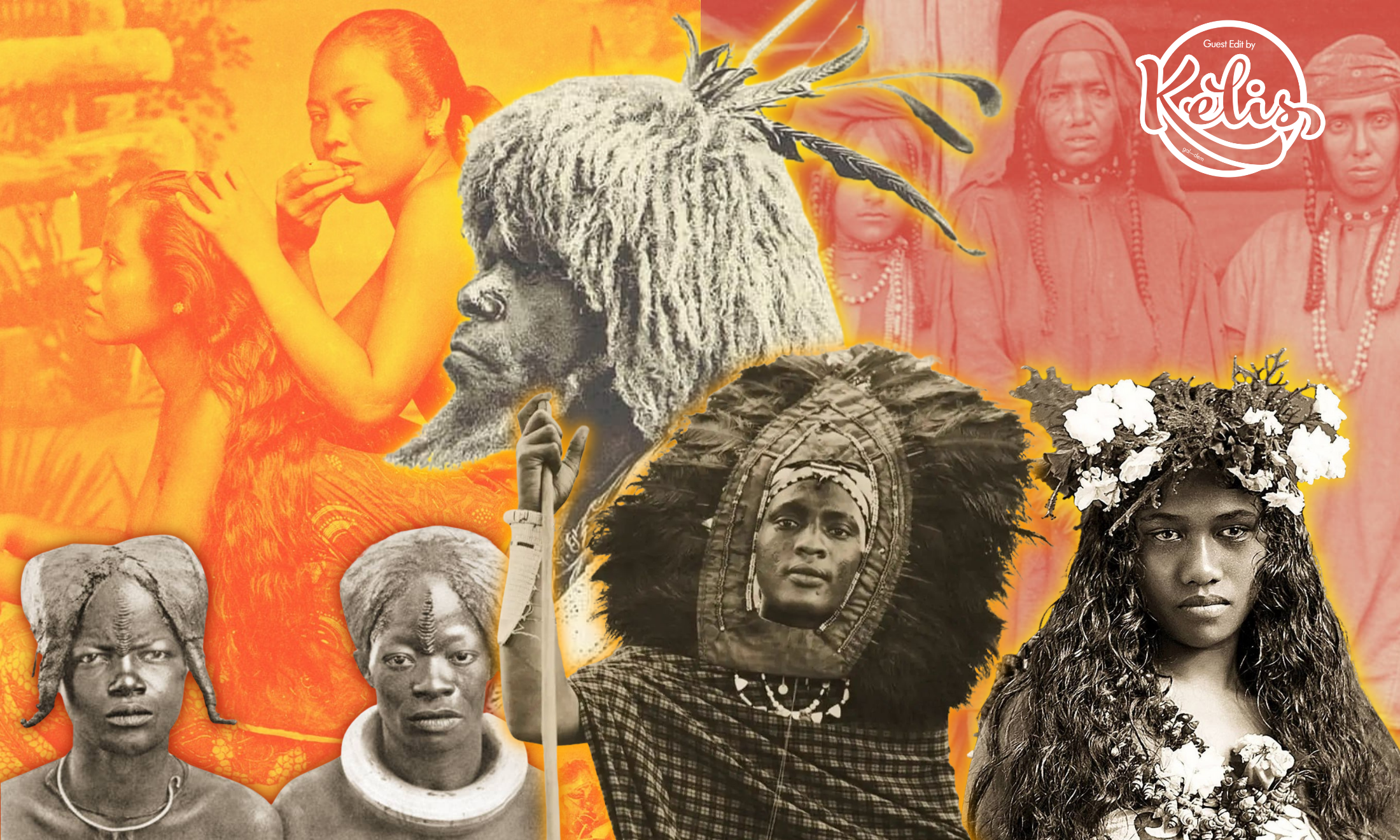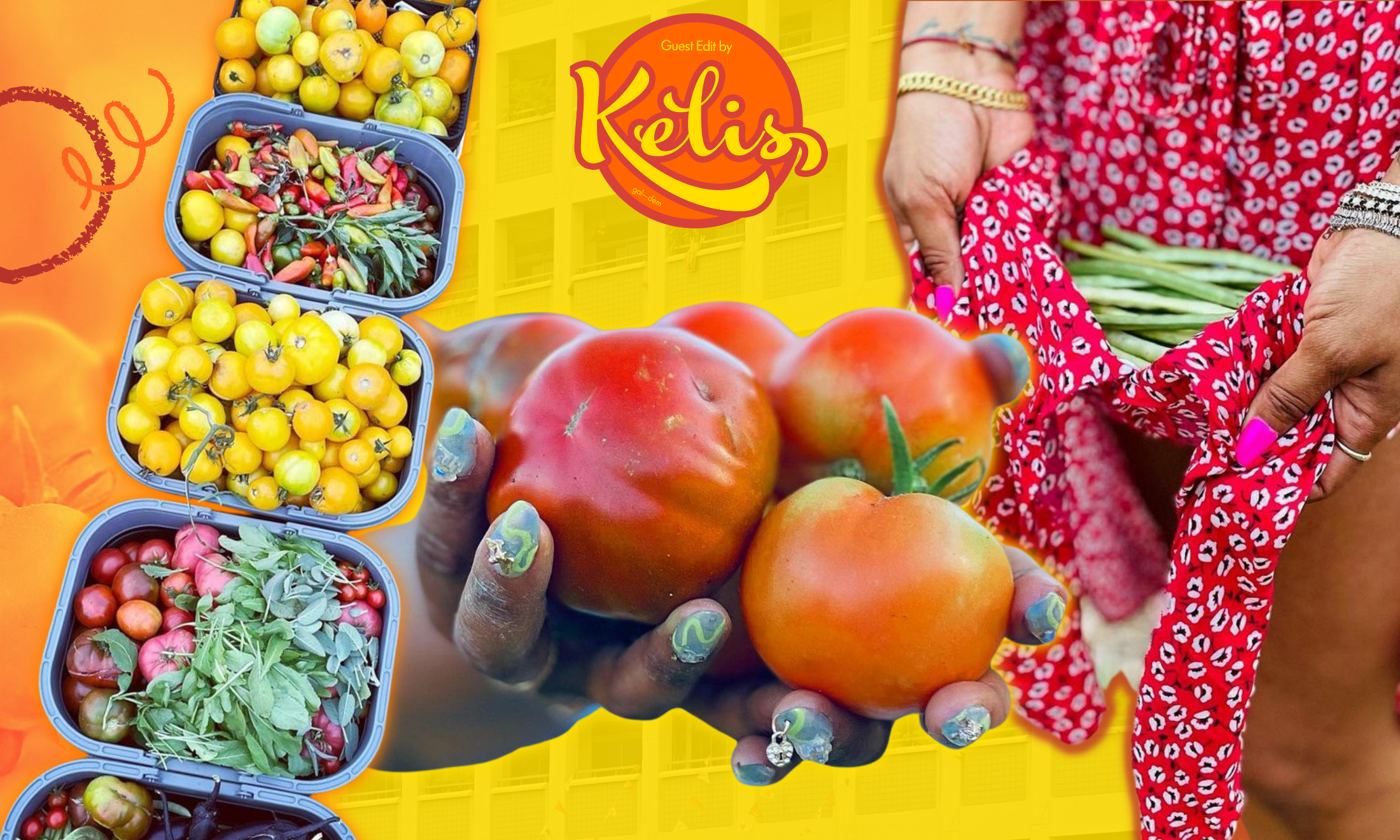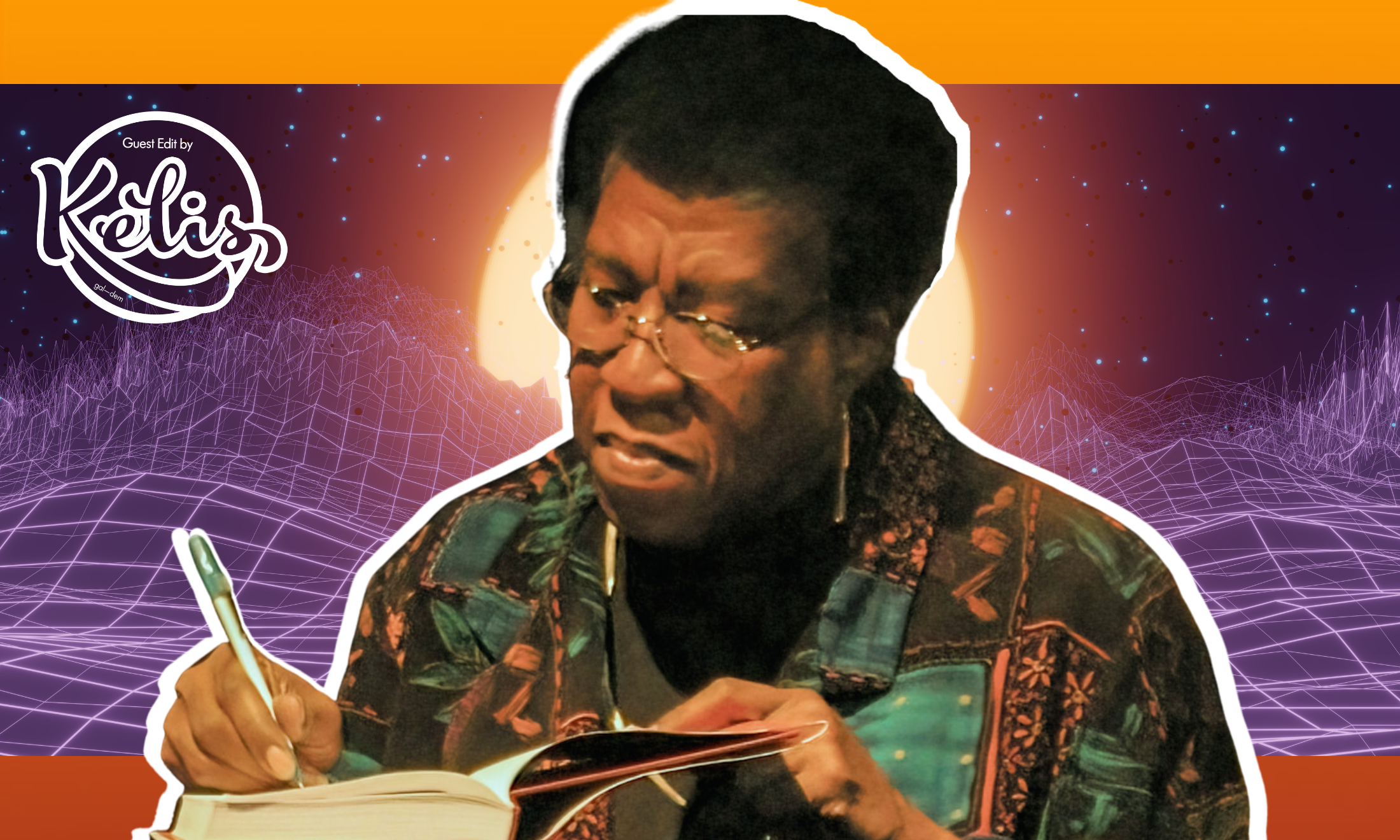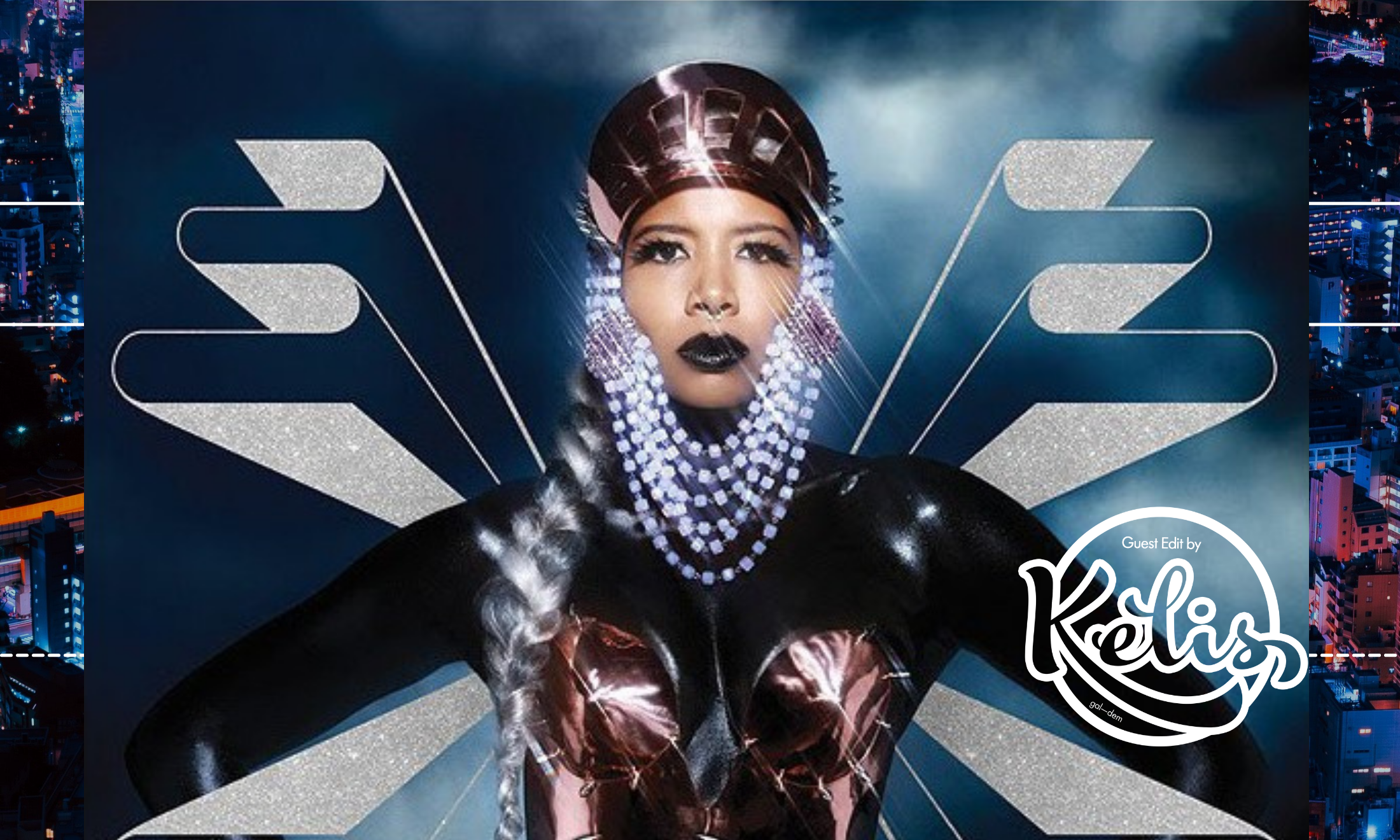Speaking to the brains behind in.hair.itance, Kelis’ favourite historical hair inspo page
What’s on Kelis’ phone screen when she’s scrolling on Instagram? Kyle Ring’s archive of photographs celebrating the beauty and diversity of POC tresses.
Zainab Kwaw-Swanzy
14 Oct 2021

Photography via in.hair.itance
One thing that Kelis is known for (in addition to her award-winning discography and striking music videos) is the vibrancy and eccentricity of her hairstyles. From an ombre afro that is baby pink at the roots and magenta at the tips to a powder blue pixie cut, Kelis has pulled off every look she donned.
I grew up with the Manhattan-born maverick’s music and I also looked up to her as a style icon. Seeing her sport hairstyles of all shapes, sizes and colours inspired me to embrace my own hair. It wasn’t easy being a young Black girl navigating a world that constantly reminds me that my natural hair is not long, straight, professional or attractive enough. But Kelis opened my eyes to the versatility and uniqueness of Black hair.
She has consistently proven that Black hair is art, it is history and is beautiful in any form that it’s in. Given how experimental Kelis is with her hairstyles, it comes at no surprise that one of her favourite online platforms is one that is totally focused on exactly that – hair.
The @In.hair.itance page, created by Kyle Ring, shares images and histories of non-white populations from around the world, from a Sri Lankan chief in 1875, to Māori women around 1900, to Kenyan warriors in the 1930s, with the aim to celebrate the beauty and hair of people of colour. Kyle is a sexual health doctor currently studying a Masters in Postcolonial Studies at SOAS in London, who also has a deep love for portraiture.
There is still so much to learn about the history of hairstyling. The way in which @in.hair.itance brings this to life with images of beautifully intricate styles, accompanied by descriptive captions, is truly eye-opening. “Our ancestors were innovative and creative”, Kyle explains. “They created hairstyles which communicated important messages about their spiritual and social lives in such diverse ways.” This is perhaps why the account has already garnered over 92,000 followers since its first post two years ago.
“They created hairstyles which communicated important messages about their spiritual and social lives in such diverse ways”
Kyle Ring
Kyle’s interest in the history of hair was sparked after they came across colonial photographs of Indian sadhus (holy men) wearing their hair in locs, a style that is now most commonly worn by Black people. Kyle, having both South Asian and Caribbean ancestry, realised a possible connection between the two cultures that they were previously unaware of. They discovered the many similarities in beliefs and social norms about hair across cultures, such as concepts about strength or life-force being physically present in hair, or matted locks being associated with spirituality.
However, it’s not just about what hair might symbolise; hair texture itself could suggest that some cultures and people have more in common than we think. Through in.hair.itance, I learned about the Aeta people, indigenous groups on the island of Luzon in the Philippines. One image shows two Aeta children with hair that appears to be thick and afro-textured, expected from someone with African ancestry.
“I hope that her hair journey and the historical styles that she references encourages others”
Kyle Ring
Kyle believes that identifying similarities between different cultures is an effective way to connect people and stories. This highlights a need for the history (and hairstory) of Black people, Indigenous people and people of colour to be archived in a way that is easily discoverable and accessible to all.
Many of the images that Kyle shares through in.hair.itance come from colonial sources, which they describe as rather “ironic” and “uncomfortable” due to the exploitative agenda of European travellers. Kyle combats this by reframing the images in a way that allows them to be respected and appreciated in a respectful and more uplifting context.
An aspect of @in.hair.itance that I particularly love is the connection between modern hairstyles and those from pre-colonial times. An example of this is a series of posts identifying the origins of some African hairstyles used in Beyoncé’s ‘Black is King’ music video. Seeing Beyoncé and her team pay homage to these styles fills me with joy because Black hair is finally getting the platform and recognition that it deserves.
For decades, Kelis has been a pioneer through her music and her aesthetic. In the video for her new single, ‘Midnight Snacks’, Kelis wears short pink locs, which she says inspired the creative direction of the whole video. Taking a traditional hairstyle and adding a modern twist is part of what makes Kelis’ signature style so revolutionary.
Kyle sees the significance of an artist like Kelis experimenting with hairstyles in this way. “I hope that her hair journey and the historical styles that she references encourages others, who have been historically excluded, to connect with their ancestors and rethink their own relationship with their hair today.”
The photographs shared by in.hair.itance are the foundations of modern Black hairstyling and other images have opened our eyes to the hairstory of people of colour. In a similar way, Kelis has created her own hair legacy which will inspire future generations to be bold, proud and daring with their hair.

Through her bold, unapologetic hair, Kelis helped me discover who I am

From hemp houses to regenerative farms: how Kelis wishes we lived

The Parables of a Beloved Writer: Kelis on Octavia Butler and the beauty of sci-fi


